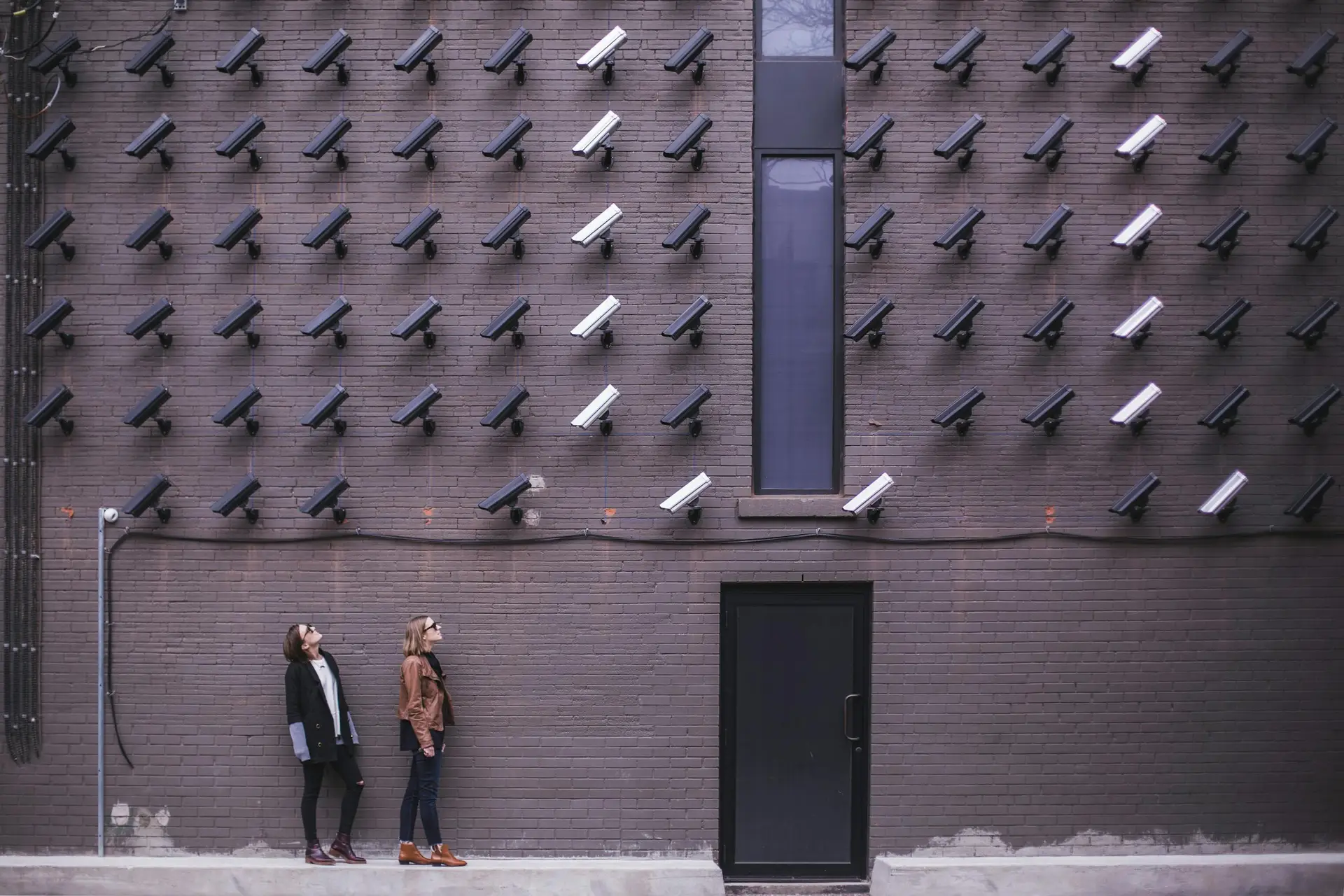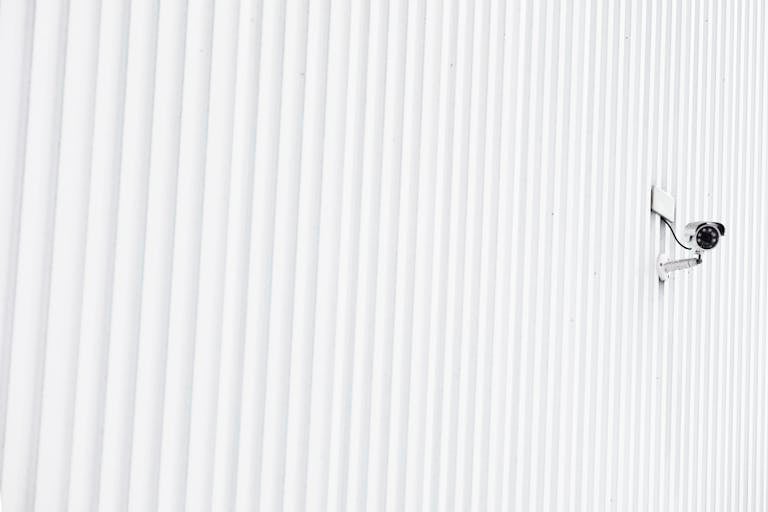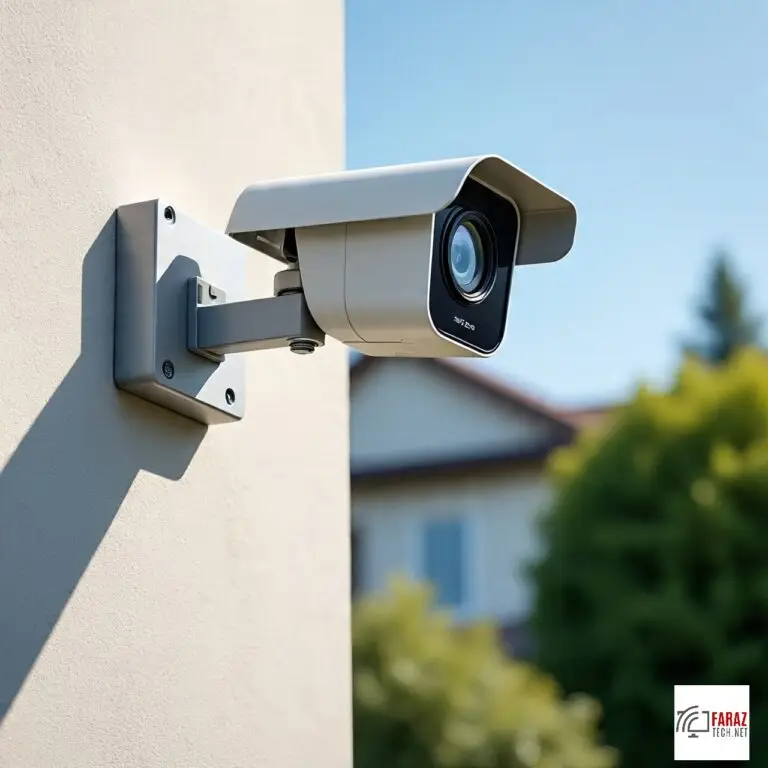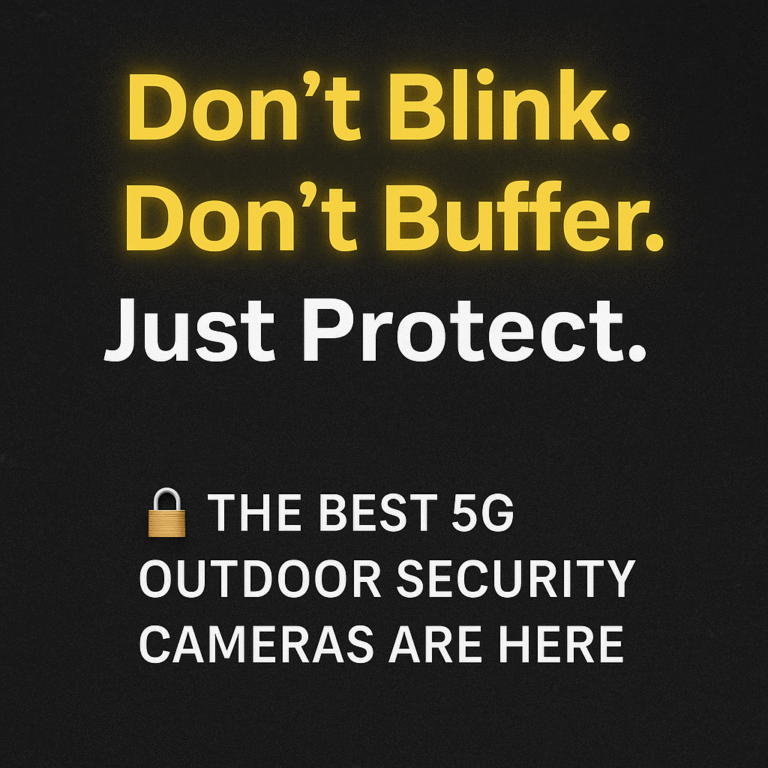In an increasingly security-conscious world, the need to understand how surveillance systems function is more relevant than ever. CCTV cameras (Closed-Circuit Television) have become indispensable tools for monitoring residential and commercial properties. But how exactly do these systems work? Whether you’re a building owner looking to enhance security or an installer needing a reference guide, this article will walk you through the core components, technologies, and real-world applications of CCTV systems.
What is a CCTV Camera?
A CCTV camera is a closed surveillance system designed to capture and transmit video signals for monitoring, recording, or reviewing purposes. Unlike standard television, which broadcasts publicly, CCTV operates over a closed network, meaning the feed is only accessible to authorized devices or systems. Most CCTV cameras are installed at entry points, gates, hallways, and perimeters for security surveillance.
CCTV (Closed-Circuit Television) refers to video systems where signals are not publicly distributed but are monitored and recorded for security purposes.
Core Components of a CCTV System
A fully functional CCTV system typically includes:
- Security Cameras (Analog or Digital/IP)
- Cables (RJ45 or RJ59)
- Video Recorders (DVR or NVR)
- Hard Disk Drives (HDDs) for video storage
- Monitor or Display Unit (Optional)
Let’s explore how each of these components functions.
1. Security Cameras
The camera is the eye of the system. It captures light through a lens and converts it into electrical signals using a digital sensor. These signals are then transmitted either via cable or wirelessly to the recording or display unit.
- Infrared LEDs (IR LEDs): Allow night vision by detecting light levels and enabling video capture in low-light environments.
- Image Sensors: Convert light into digital signals. Common types include CCD and CMOS sensors.
- Resolution and Lens: Determines the clarity and field of view. Higher resolution cameras offer more detail but require more storage.
Modern IP cameras often include smart features like motion detection, sound detection, and wide dynamic range (WDR) for handling lighting contrasts.
2. Cables
Cables connect the various components of a CCTV system:
- RJ59 Cables: Used in analog systems with BNC connectors for transmitting video.
- RJ45 (Cat5e/Cat6) Cables: Used in IP systems for transmitting both power (via PoE) and data.
Well-laid cabling ensures minimal interference and signal loss. For longer distances, quality cabling and signal boosters may be necessary.
3. Video Recorders: DVR vs. NVR
Video recorders are central to storing and managing captured footage.
- DVR (Digital Video Recorder): Works with analog cameras. Converts analog signals into digital format, then stores them on an HDD.
- NVR (Network Video Recorder): Works with IP cameras. The video is encoded and processed at the camera itself and sent over a network to the NVR.
Both DVRs and NVRs can be accessed remotely through mobile apps, web browsers, or dedicated software.
4. Hard Disk Drives (HDDs)
Hard drives are built into DVRs and NVRs for storage. It’s essential to use surveillance-grade HDDs, which are designed for 24/7 operation, higher write endurance, and reliability.
- Recording Quality Factors: Frame rate, compression method (H.264/H.265), number of connected cameras, and resolution.
5. Display Unit (Monitor)
Though optional, monitors are used to view live feeds or playback recordings. Modern setups often use HD LED screens and can display multiple camera feeds at once. Cloud-connected systems may bypass this need, letting you view footage via phone or computer.
Types of CCTV Systems
Wired vs. Wireless
Wired CCTV Cameras:
- Transmit data through cables
- More stable and reliable
- Ideal for larger setups or where uninterrupted recording is critical
Wireless CCTV Cameras:
- Use Wi-Fi or radio signals
- Easier to install, minimal cabling
- Suitable for smaller areas or temporary installations
Note: Wireless signals can be disrupted by concrete walls, metal surfaces, and electromagnetic interference. Always test signal strength before finalizing installation.
Analog vs. IP Cameras
Analog Cameras (DVR-based):
- Lower resolution
- More cost-effective
- Requires more cables (video + power)
IP Cameras (NVR-based):
- Higher resolution (HD, 4K)
- PoE-enabled (Power + Data through one cable)
- Remote access and intelligent features (e.g., motion alerts, auto-tracking)
Hybrid Systems: Modern HD-TVI cameras (e.g., HikVision) blend analog compatibility with HD performance, allowing easy upgrades without replacing all equipment.
How IP Cameras Work
IP (Internet Protocol) cameras capture footage and send it over a network to the NVR. Once connected to a router or switch, they can be accessed via a web interface or mobile app.
- Dynamic vs. Static IP: Static IP allows remote viewing without changing addresses.
- Smart Features: Motion detection, PTZ (Pan-Tilt-Zoom), sound detection, and WDR (Wide Dynamic Range).
- Auto-adjustments: Some IP cameras can rotate, tilt, and zoom automatically based on movement or sound.
Practical Uses of CCTV Cameras
CCTV systems are widely used across industries for various applications:
1. Crime Prevention and Detection
Retail stores, parking lots, and public buildings use surveillance to deter theft and record criminal activity.
2. Industrial Monitoring
Hazardous environments (chemical plants, nuclear facilities) use CCTV to reduce human exposure and ensure safety.
3. Traffic and Transport
Urban traffic systems use CCTV to monitor congestion, accidents, and ensure smooth flow.
4. Educational Institutions
Used to prevent vandalism, bullying, and unauthorized access in schools and universities.
5. Corporate Surveillance
Monitor employee productivity, secure assets, and maintain operational transparency.
6. Public Transport
Subways, buses, and train stations use CCTV to ensure passenger safety and manage operations.
For environments prone to tampering or harsh conditions, CCTV cameras can be encased in explosion-proof, weatherproof, or vandal-resistant housings.
Final Thoughts
Understanding how CCTV cameras work empowers you to make better decisions about securing your property. Whether you’re installing a system yourself or hiring a professional, knowing the difference between DVR and NVR, analog and IP, or wired vs. wireless setups ensures you get the right solution for your needs.
Modern CCTV systems offer high-definition recording, intelligent features, and remote access — making it easier than ever to protect your home, office, or building. Stay safe, stay informed.
Need help choosing the right CCTV setup? Talk to a licensed installer or security consultant for a tailored recommendation.
FAQs
Q: What’s the difference between DVR and NVR?
A: DVR works with analog cameras and processes video at the recorder. NVR works with IP cameras and processes video at the camera itself.
Q: Do I need internet for CCTV to work?
A: No. CCTV can function offline, but internet is required for remote access and cloud storage.
Q: How many cameras do I need for my building?
A: Depends on the size, number of entry points, and your surveillance goals. Most homes need 2-4; commercial spaces may require more.
Q: Can wireless CCTV be as reliable as wired systems?
A: Not always. Wireless systems are easier to install but can suffer from signal drop if not properly planned.






